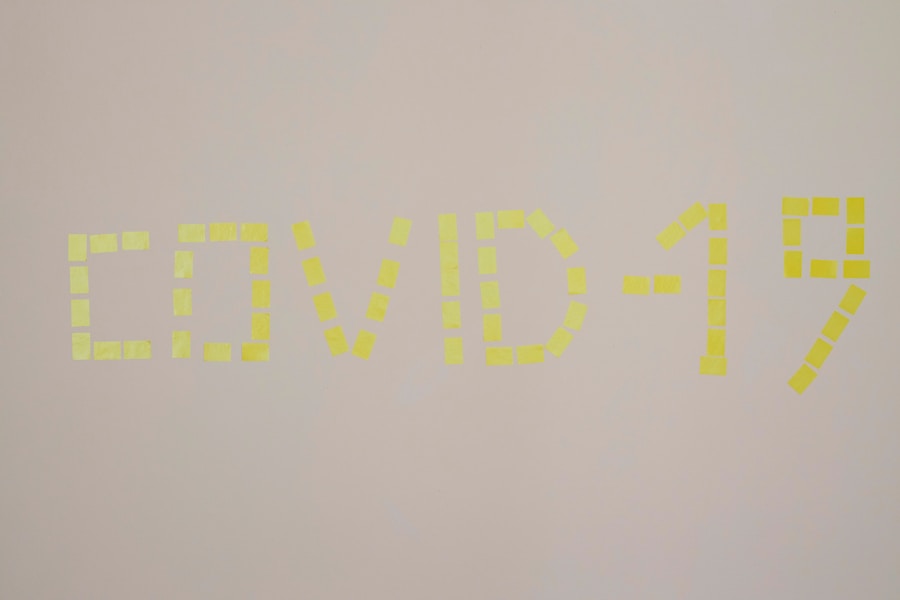Download links
How to install 3D Printing: Today's Latest Developments APK?
1. Tap the downloaded 3D Printing: Today's Latest Developments APK file.
2. Touch install.
3. Follow the steps on the screen.
Description
3D printing, also known as additive manufacturing, has revolutionized the way products are designed, developed, and produced. This innovative technology allows for the creation of three-dimensional objects from digital files by layering materials, such as plastics, metals, and even biological substances. The process begins with a computer-aided design (CAD) model, which is sliced into thin horizontal layers by specialized software.
The printer then deposits material layer by layer, gradually building the object from the ground up. This method contrasts sharply with traditional subtractive manufacturing techniques, which often involve cutting away material from a solid block to achieve the desired shape. The origins of 3D printing can be traced back to the early 1980s when Charles Hull invented stereolithography, the first 3D printing technology.
Since then, the field has expanded dramatically, with numerous techniques emerging, including fused deposition modeling (FDM), selective laser sintering (SLS), and digital light processing (DLP).
As the technology continues to evolve, it is becoming increasingly accessible to businesses and individuals alike, paving the way for a new era of manufacturing and design.
Key Takeaways
- 3D printing is a revolutionary technology that creates three-dimensional objects by layering materials based on a digital model.
- Advancements in 3D printing technology have led to faster printing speeds, improved material options, and increased precision.
- 3D printing is widely used in industries such as aerospace, automotive, healthcare, and fashion for prototyping, customization, and production.
- The environmental impact of 3D printing includes reduced material waste, energy efficiency, and localized production, but also concerns about plastic waste and emissions.
- Future trends in 3D printing include bioprinting, metal printing, and the integration of artificial intelligence for design optimization and automation.
- Challenges and limitations of 3D printing technology include high costs, limited material options, and the need for standardization and regulation.
Advancements in 3D Printing Technology
The advancements in 3D printing technology over the past few years have been nothing short of remarkable. One significant development is the improvement in printing speed and resolution. Early 3D printers were often slow and produced objects with visible layer lines, limiting their applications.
However, modern printers can achieve high-resolution outputs with smooth finishes in a fraction of the time. Innovations such as continuous liquid interface production (CLIP) have enabled printers to create objects at unprecedented speeds by using a continuous flow of resin rather than layer-by-layer deposition. Another notable advancement is the diversification of materials available for 3D printing.
For instance, metal 3D printing technologies like direct metal laser sintering (DMLS) allow for the production of complex metal parts that are both lightweight and strong, making them ideal for aerospace and automotive industries. Furthermore, researchers are exploring biocompatible materials that can be used for tissue engineering and organ printing, opening new frontiers in healthcare.
Applications of 3D Printing in Various Industries

The applications of 3D printing span a wide array of industries, showcasing its versatility and transformative potential. In the aerospace sector, companies like Boeing and Airbus utilize 3D printing to produce lightweight components that enhance fuel efficiency and reduce costs. For example, Boeing has successfully integrated 3D-printed parts into its aircraft designs, significantly decreasing production time and material waste while maintaining structural integrity.
In the medical field, 3D printing is making waves through custom prosthetics and implants tailored to individual patients. Organizations such as e-NABLE have pioneered the creation of affordable prosthetic hands using 3D printing technology, providing solutions for children born with limb differences. Additionally, bioprinting is emerging as a groundbreaking application where living cells are printed to create tissues or even organs for transplantation.
This could potentially address the shortage of donor organs and revolutionize transplant medicine. The fashion industry is also embracing 3D printing as designers experiment with new forms and materials that were previously unattainable through traditional manufacturing methods. Brands like Adidas have introduced 3D-printed footwear that offers personalized fit and performance enhancements.
Similarly, jewelry designers are leveraging 3D printing to create intricate designs that would be labor-intensive or impossible to achieve by hand.
Environmental Impact of 3D Printing
| Environmental Impact Metrics | Value |
|---|---|
| Energy Consumption | 3D printing uses 50-100 times less energy than traditional manufacturing processes |
| Material Waste | 3D printing can reduce material waste by up to 90% compared to traditional manufacturing |
| Emissions | 3D printing emits fewer greenhouse gases and pollutants compared to traditional manufacturing |
| Transportation | 3D printing can reduce the need for transportation of goods, lowering carbon emissions |
The environmental impact of 3D printing is a complex topic that encompasses both positive and negative aspects. On one hand, additive manufacturing can significantly reduce waste compared to traditional manufacturing processes. Subtractive methods often result in substantial material loss as excess material is cut away from a larger block.
In contrast, 3D printing builds objects layer by layer, using only the material necessary for the final product. This efficiency can lead to lower overall material consumption and reduced waste generation. Moreover, 3D printing can facilitate localized production, which has implications for reducing transportation emissions.
By enabling manufacturers to produce goods closer to their end-users, the need for long-distance shipping is diminished. This localized approach not only cuts down on carbon emissions associated with transportation but also supports local economies by creating jobs in manufacturing and design. However, there are environmental concerns associated with certain aspects of 3D printing technology.
The production of some filament materials can be resource-intensive and may involve harmful chemicals. Additionally, the energy consumption of industrial-grade 3D printers can be significant, particularly when operating at high speeds or using advanced materials. As the industry evolves, it will be crucial to address these challenges by developing more sustainable materials and energy-efficient printing processes.
Future Trends in 3D Printing
Looking ahead, several trends are poised to shape the future of 3D printing technology. One prominent trend is the increasing integration of artificial intelligence (AI) and machine learning into the design and manufacturing processes. AI algorithms can optimize designs for performance and manufacturability while predicting potential issues before they arise during production.
This integration could lead to smarter manufacturing systems that enhance efficiency and reduce errors. Another trend is the rise of decentralized manufacturing networks enabled by 3D printing. As more individuals and small businesses gain access to affordable 3D printers, we may see a shift towards distributed production models where goods are manufactured on-demand at local facilities or even at home.
This could democratize manufacturing and empower consumers to create customized products tailored to their specific needs. Furthermore, advancements in bioprinting are expected to accelerate in the coming years. Researchers are making strides in developing complex tissues and organ structures that could one day be used for transplantation or drug testing.
The potential for personalized medicine through bioprinting could revolutionize healthcare by allowing treatments tailored to an individual’s genetic makeup.
Challenges and Limitations of 3D Printing Technology

Regulatory Hurdles
One significant hurdle is the regulatory landscape surrounding additive manufacturing, particularly in industries such as aerospace and healthcare where safety standards are paramount. The lack of established regulations can create uncertainty for manufacturers looking to adopt 3D printing technologies in critical applications.
Material Limitations
Another challenge lies in material limitations. While the range of printable materials has expanded significantly, many existing materials still do not possess the mechanical properties required for certain applications. For instance, while plastics are widely used in consumer products, they may not provide the strength or durability needed for heavy-duty industrial components.
Intellectual Property Concerns and the Need for Collaboration
Ongoing research into new materials is essential to overcome these limitations and broaden the scope of applications for 3D printing. Additionally, there are concerns regarding intellectual property rights in the realm of 3D printing. The ability to easily replicate designs raises questions about ownership and copyright infringement. Addressing these legal challenges will be crucial as the technology continues to evolve. In conclusion, while 3D printing holds immense promise across various sectors—from aerospace to healthcare—the journey toward widespread adoption is fraught with challenges that require innovative solutions and collaborative efforts among stakeholders in industry, academia, and government.
FAQs
What is a 3D result?
A 3D result refers to the outcome of a 3D lottery game, where players choose a three-digit number and win prizes based on matching the drawn numbers.
How is a 3D result determined?
A 3D result is determined through a random drawing of three-digit numbers, typically using a mechanical ball machine or a computerized random number generator.
Where can I find the 3D result today?
You can find the 3D result today by checking the official website of the lottery operator, visiting authorized lottery outlets, or checking local newspapers for the published results.
What are the prizes for matching the 3D result?
The prizes for matching the 3D result vary depending on the specific rules of the lottery game, but typically include different prize tiers for matching the numbers in different combinations (e.g., exact order, any order, etc.).
Can I play the 3D lottery game online?
Some lottery operators offer the option to play the 3D lottery game online through their official websites or mobile apps, allowing players to participate and check results conveniently.





